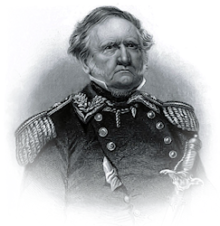The recent disturbances on our side of the lower Rio Grande were commenced by Texans, and carried on (vainly) by and between them. Cortinas himself and most of his brigands are natives of Texas. A brother horse-thief burned a house belonging to the mother of Cortinas, living in Texas, consequent on a quarrel about dividing the stolen property. Cortinas retaliated, and hence our side of the river, for many miles, has been devastated. But few, if any, Mexicans from the opposite side took part in the disturbances. There was no attack from the Mexican side upon our boat, the Ranchero, loaded with provisions. Her colors were not rent by bullets, &c.
Respectfully submitted to the Secretary of War.
Difficulties on Southwestern Border, House Documents, Volume 126; Volume 128, United States House of Representatives, U.S. Government Printing Office, 1860
During the 12 years following the Mexican-American War there were present on the frontiers of Texas and Mexico many factors that tended to create disturbances. The topography of the country, the sparsity and general character of its population, the lack of an extradition treaty and of sufficient national authority, wild Indians of uncertain abode, the Mexican tariff system, all caused friction and gave encouragement to lawlessness which not only retarded the development of the region but often threatened to interrupt friendly relations between the two republics. [Border Troubles along the Rio Grande, 1848-1860, The Southwestern Historical Quarterly, Vol. 23, No. 2 (OCTOBER, 1919)]
